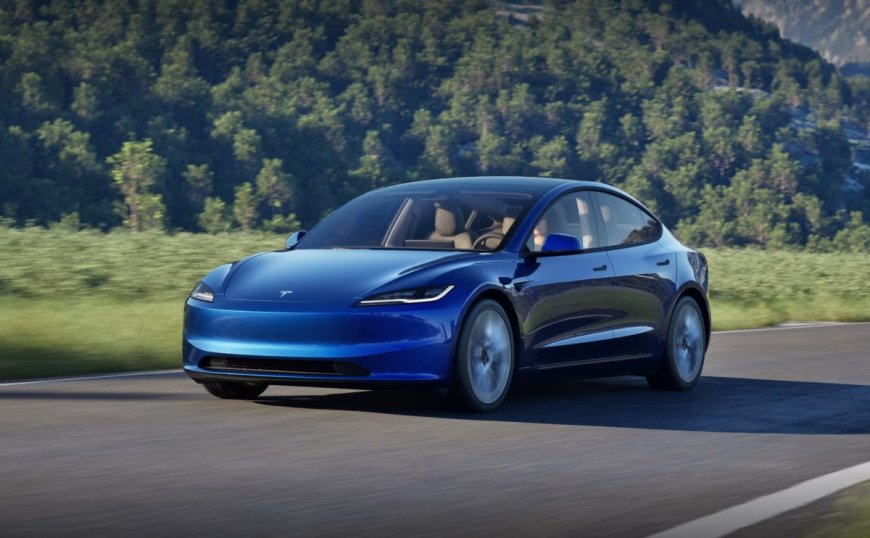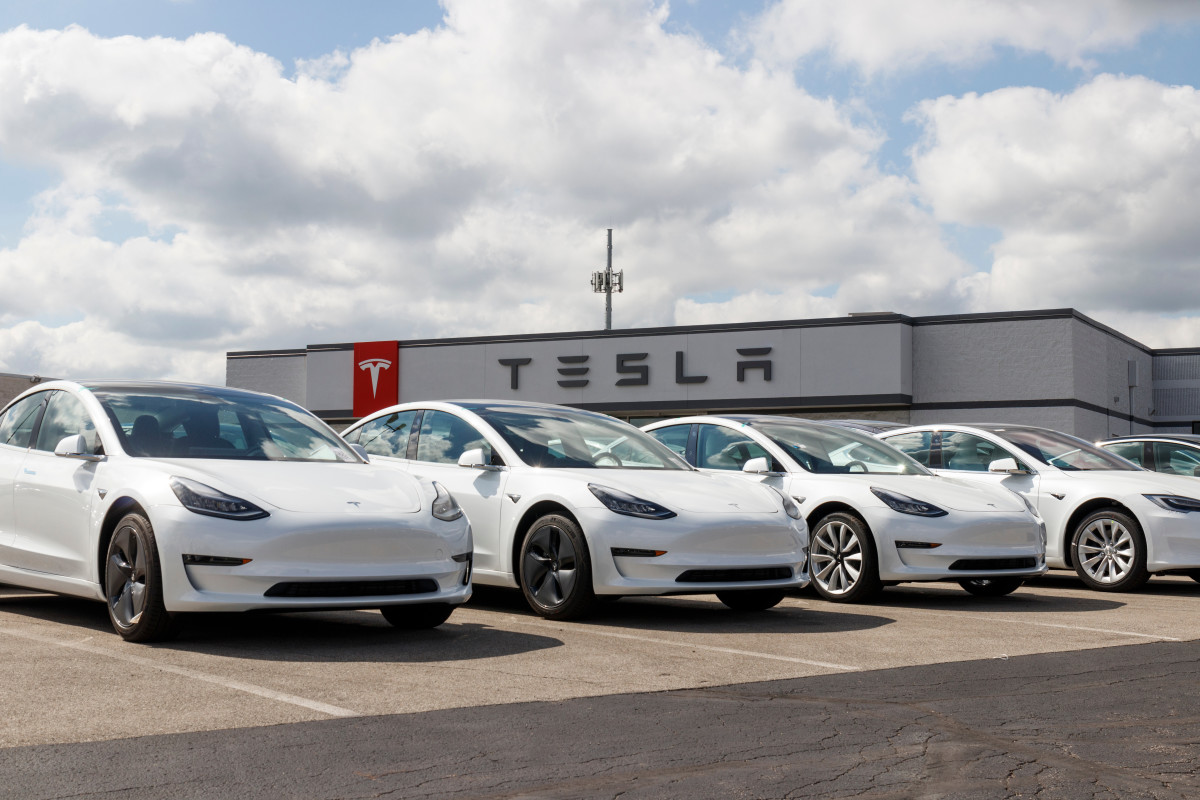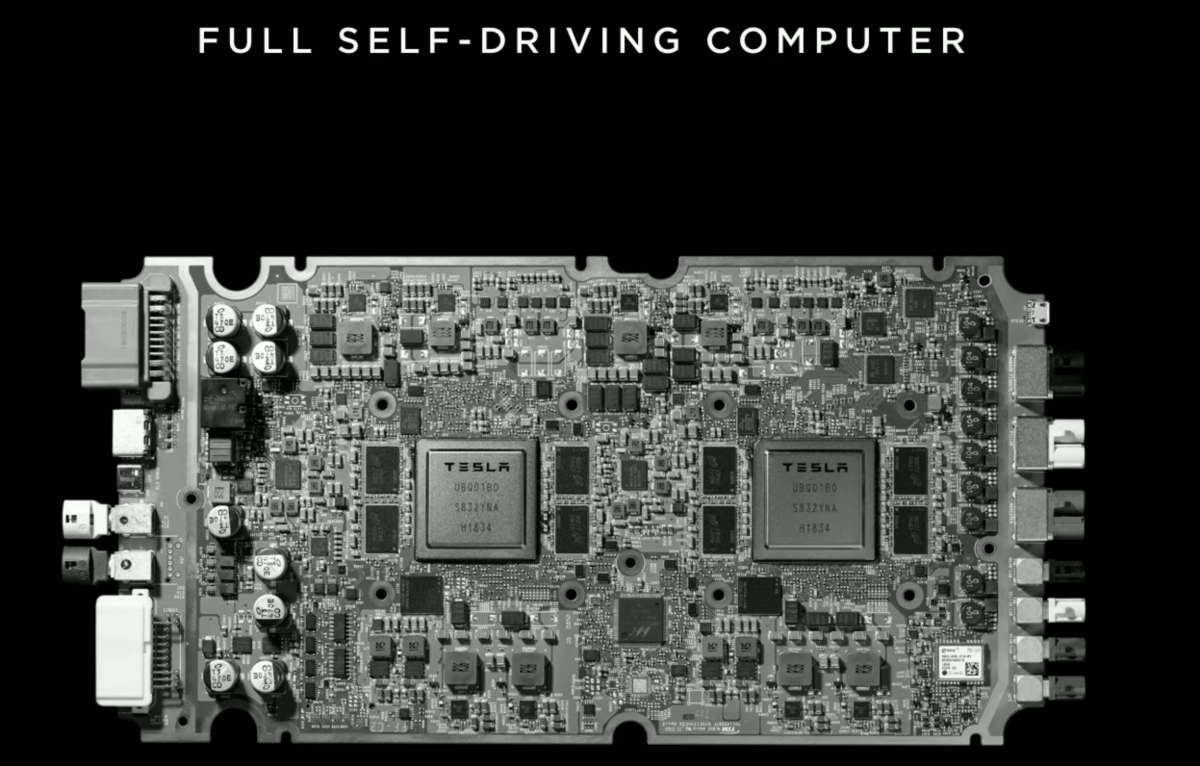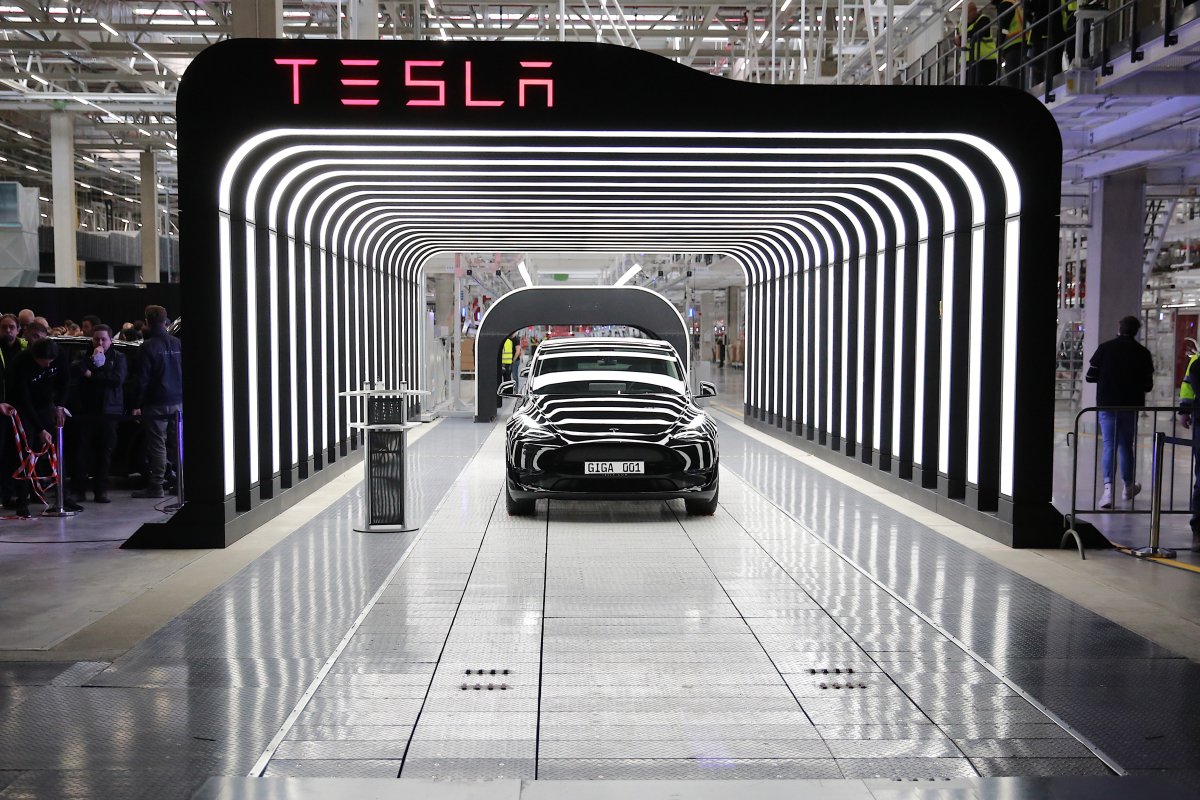Tesla's self-driving components are failing, and owners are mad
A failing computer onboard Tesla Model 3 and Model Y cars can potentially cripple essential driving functionalities.

It seems like Tesla's Full Self-Driving capabilities may not currently be as reliable as owners thought they were.
Electrek recently discovered that the automaker is encountering significant problems with its A14.1 onboard computer, which controls the autonomous Full Self-Driving capabilities in Tesla vehicles. Reports indicate that the boards have been short-circuiting since mid-2024, requiring a complete replacement.
Related: Can holograms improve Hyundai's infotainment? jetcityimage - stock.adobe.com 
How serious is the problem for Tesla?
Reports suggest the short circuit could happen at any time. Some owners noticed it after driving their Teslas for a few hundred miles, while others had driven them for thousands of miles before any issues arose. Besides being indiscriminate, the short-circuiting boards can cause vehicles to lose functionality completely.
In addition to losing FSD capabilities, other features, such as active safety, auto wipers, auto high beams, cameras, and even GPS, navigation, and range estimations, could also fail. If left unchecked, the computer would also reportedly accelerate battery pack depletion, potentially causing premature replacement.
It’s hard to determine the true extent of the issue, but reports indicate that “thousands of new Tesla owners” are affected. Electrek also asserts it has reviewed internal documents in which Tesla recognizes an “internal short” in the computers.
Related: Tesla shifts Cybertruck workers amid slowing demand Tesla
Is there a solution from Tesla?
The company is offering to either replace the computer completely or attempt temporary software fixes to address the problem before swapping it.
It’s also worth noting that the NHTSA, which was already investigating Tesla for other issues, has not announced its own investigation into this matter despite several complaints about the malfunctioning computer on the administration's Model Y and Model 3 pages.
How this affects Tesla vehicles
Some owners have been left waiting months for an appointment with Tesla to address the problem, leaving them driving a vehicle without many of the features they’ve paid for or a vehicle that is dangerous to operate.
Others who opted for a software update to resolve the issue report that their Teslas are caught in an update loop where the vehicle never finishes the update. This situation leaves their vehicles consuming power but ultimately unusable.
Related: Tesla's Summon feature in hot water again
Final thoughts
Tesla has had a mixed record regarding autonomous driving. The NHTSA is investigating its "Summon" feature, and we have yet to see its promise of totally self-driving vehicles come to fruition.
Perhaps its hardware has been the elephant in the room. While a short-circuiting computer is problematic on its own, the number of other components it could take down with it creates a massive issue.
Even more concerning is that the two affected vehicles, the Model Y and Model 3, are the top-selling electric vehicles in the United States, accounting for nearly half of all domestic EV sales. How many Teslas in your neighborhood could be prone to such imminent failures?











































